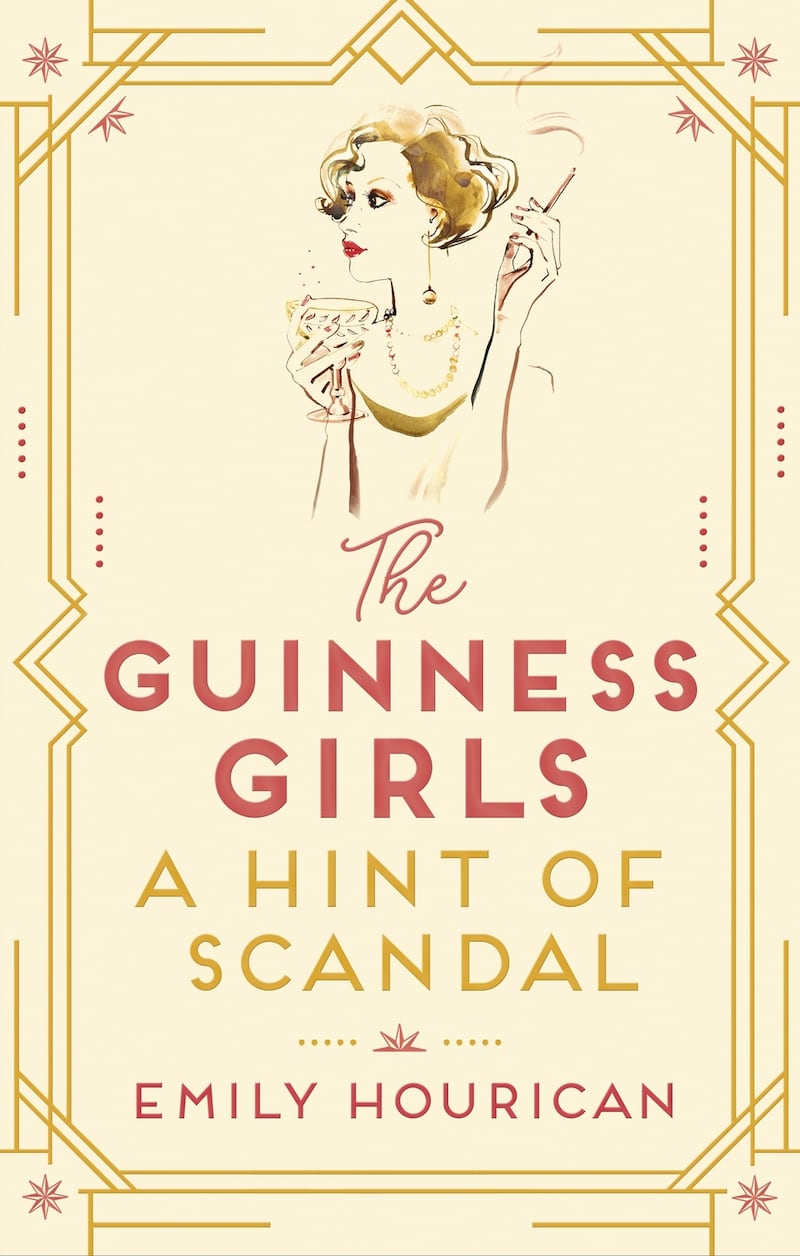After the publication last year of The Glorious Guinness Girls, my first historical fiction novel, two questions cropped up again and again with readers. They were: “Who was your favourite Guinness girl?” And, “how much of the story is true?”
The first is easy. Maureen (a monstrous person in many ways, certainly later in her life – snobbish, rude, selfish – but also undoubtedly intelligent, energetic and compelling). The second question is less easy to answer. “How much is true” depends, to an extent, on “what is truth?” and that is a very large question indeed. Is my imagined version of a party that took place “true” if it contains factual details of food served, people attending, dresses worn and so on, but my own assumptions about what people may have said or thought or felt? No, is the answer, and yet, there is truth in there.
That’s the bit that fascinates me about writing historical fiction – this interplay between fact and imagination, and what can be created there; the idea of taking a structure that is factual – a basic outline of when/ where/ who/ what – and then colouring that in, as it were, with thoughts and feelings based on events but free in their scope and breadth.
For my second historical fiction novel, The Guinness Girls: A Hint of Scandal, published last week, I had even more interest in playing with the boundary between truth and fiction.
As I researched the 1930s in Britain, I was struck, first by how little knowledge of the decade I started out with, compared with the 1920s, and then by how very troubled it was. The 1930s was known as the Devil’s Decade, and it’s easy to see why. The Great Crash of 1929 put a sudden stop to the giddy gallop of the Roaring Twenties, and by 1932 there were 3.5 million unemployed men in Britain. Many hundreds of thousands more were paid so little – there was no such thing then as a living wage – that they couldn’t feed their families. Their wives took in washing, their children developed rickets, and in response to the misery of their circumstances, they began mobilising and agitating.
The first half of the decade was characterised by bigger and bigger hunger marches – one, in 1932, saw several thousand marches leave Glasgow, carrying banners demanding “bread and beans” – to be met by a crowd of more than 20,000 supporters at Hyde Park in London.
All of this, to me, was fascinating - and a vital back-story for the twin political developments of the 1930s – the rise of socialism, and the rise of fascism; opposite sides of the same socially disaffected coin. At the same time as Oswald Mosley was recruiting for the British Union of Fascists (formed in 1932, it claimed to have 50,000 members at its height), the Communist Party of Great Britain was going through its own growth surge – from 2,350 members in 1930 to 56,000 10 years later.
I wanted to write about all of these things, but the reality is, the three Guinness girls – Aileen, Maureen and Oonagh, the daughters of Arthur Ernest Guinness – were politically indifferent and socially unmotivated. They didn’t get involved. The cause of female emancipation stirred no spark within them, neither did the plight of the poor animate their interest. If I had contained myself strictly to the things they did, there would have been no broader political picture in the novel. And so, I created characters who could pursue my interests. Characters who I could send into the situations and confront with the issues that interested me.
Weaving around the story of the Guinness Girls – their marriages, their divorces, motherhood and personal tragedy; their fabulous homes in Luttrelstown Castle (Dublin), Clandeboye (Co Down) and Luggala (Wicklow), their many parties, holidays and intrigues, all of which are “true”, meaning based in fact, and described in the novel – I have created a parallel set of people who are mine to do whatever I want with.

There’s Kathleen, a companion to the Guinness girls who started life as a maid, before Ernest Guinness sent her to teacher training college at Carysfort (where she just missed being taught mathematics by Eamon De Valera, who did indeed teach there from 1906-1916). She goes to London for the birth of Oonagh Guinness’s first child, to help out, and to escape her own complicated Dublin past. There’s Ned, who unloads Guinness ships at the London docks by day and goes to meetings of the Communist party by night, and Annie, sent to Aileen for “polish” and because as a girl of good family who isn’t likely to marry, there seems very little else for her to do.
Creating these characters meant I could work a different London into my story. Instead of being confined to London of the Ritz and the Kit Kat Club, where the Prince of Wales might show up and Baby Jungman certainly would, I could try to conjure up London of the docks, of Berwick Street in Soho – where Ned buys food from the famous market in the days when this was a jumble of stalls run by Italians, Greeks and, increasingly throughout the 1930s, Jewish families on the run from persecution in eastern Europe – and the East End where, in October 1936 Ned and Kathleen take part in the Battle of Cable Street, where a march of 3,000 of Oswald Mosley’s Blackshirts were confronted by 20,000 anti-fascist protesters.
A couple of days later, in real life, Mosley married Diana Mitford in a secret ceremony at Joseph Goebbels’ house in Berlin. In my novel, Ned tells the Guinness sisters that the reason Mosley didn’t get out of his car during the “battle” is because he didn’t want a black eye for his wedding. It’s true that Mosley never got out of his car. Is it because he feared a black eye? Maybe. Maybe not. But certainly possible.
Dragged into the Guinness Girls’ orbit by Kathleen and Ned are other, real people – or at least, my versions of them. One of these is Tom Wintringham, who was leader of the International Brigades in the Spanish Civil War. Another is Mosley. He belonged within the Guinness world anyway – during the period of my novel, he started a famous affair with Diana Mitford, then married to the girls’ cousin, Bryan Guinness. He is a character in the book because his life touched theirs. But the creation of Ned and his anti-fascist sympathies, gives, I hope, a broader scope to Mosley and what he stood for than his relationship with the Guinness girls could have provided.
The 1930s as lived by the Guinness girls was a decade in which their ideals around the life they had been brought up to – marriage, motherhood, the managing of great houses – were greatly taxed by harsh realities. Oonagh divorced from Philip Kinderlsey and married again, Dominic Lord Oranmore and Browne. Aileen also divorced, from Brinsley Sheridan Plunket, who was then killed in 1941 on active service in the second World War. Maureen stayed married – although her rows with Basil Blackwood, Marquis of Dufferin and Ava, were legendary and explosive – but was widowed when Blackwood too died in the war, in one of its final battles.
The sisters had plenty of hardship and tragedy in their own lives during this time. And I have enjoyed telling the next instalment of their story – full of glamour and pathos – enormously. What my invented characters allow me to do is place these troubles more neatly into the historical context of the time, to add small personal woes to large social and political ones; weaving politics, parties, society, scandal, intrigue, unrest and aspiration all together.
The Guinness Girls: A Hint of Scandal, by Emily Hourican is out now, published by Hachette Books Ireland








